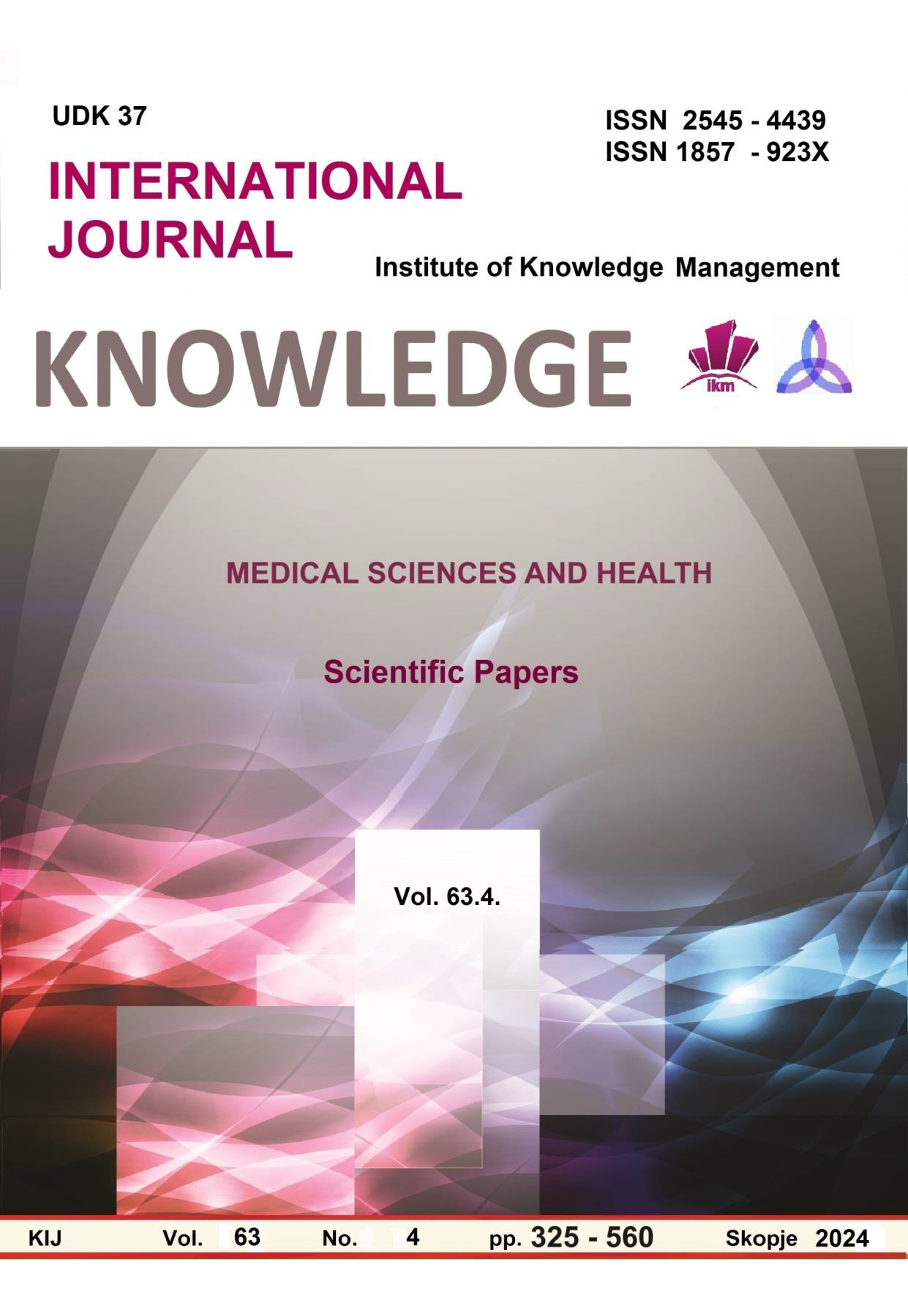ПРИДОБИВКИ ВО ПОМАГАЛАТА ЗА РЕХАБИЛИТАЦИЈА КАЈ ОШТЕТЕН ВИД
CONTRIBUTION TO REHABILITATION AIDS IN LOW VISION
Author(s): Strahil Gazepov, Ana JordanoskaSubject(s): Social Sciences, Health and medicine and law
Published by: Scientific Institute of Management and Knowledge
Keywords: Treatment;correction;lenses;magnification;residual sight
Summary/Abstract: Low vision is a global problem which has been dating since the existence of the civilization. The prevalence of both blindness and low vision in USA is estimated to be 3.5 million annually, predominantly at the age of >40, regarding the twofold growth by 2030, for the most part if appropriate corrective treatment is not taken over. When epidemiologic aspects are considered, the rate of low vision is higher in the developing countries, while regarding the gender, the prevalence is higher in females than that in males. It can be stated that low vision disorders are widespread among all age groups, considering the sentence that >80% of people with low vision problems are aged beyond 50 years. Concerning the etiological conditions which can lead to low vision, refractive errors are the most frequent cause covering 42%, which are succeeded by cataracta, glaucoma, diabetic retinopathy, macular degeneration, and from the infections trachoma, which covers 1% of all cases. Among the refractive errors, the most frеquent are considered nearsightedness, farsightedness, presbyopia and astigmatism. Some of the conditions can be treated surgically, achieving complete resolution of the low vision disorder after surgery. Despite these, low vision can be triggered by some neurological conditions, including cerebral ischaemia, trauma and other conditions which involve the sight center in the cerebral cortex. Low vision also can be observed as a public health problem, since it has impact on the psychosocial life of one. Difficulties in fulfilling daily tasks, the challenges which must be faced by using some of the aids, fininacial considerations for finding the optimal solution are some of the problems which these patients have to cope with. Additionally, these challenges can lead to depression and other emotional impairments. Regarding the rapid growth of medical technology and science, more specifically at the area of ophthalmology, numerous inventions were discovered, in relation to sophistication and facilitated use of the low vision aids. Some of the high-quality aids which are available in the modern world require a specific skill to be acquired, aiming the best possible benefit from their use. For this skill to be obtained, medical training being held by a health professional is necessary, concerning the main purpose maximum benefit to be gained from the usage of the aid. This article gives a review of different modalities for all current aids and techniques applied for low vision treatment which are available at the latest scientific medicine. Some of them apply advanced information technology techniques. However, all of them have the unique aim to ease the various daily tasks of the patients and therefore to enable them to live a life with difficulties and obstacles produced by low vision as less as possible. Furthermore, they are also applied for saving the patient’s residual vision as more as possible.
Journal: Knowledge - International Journal
- Issue Year: 63/2024
- Issue No: 4
- Page Range: 413-418
- Page Count: 6
- Language: Macedonian

